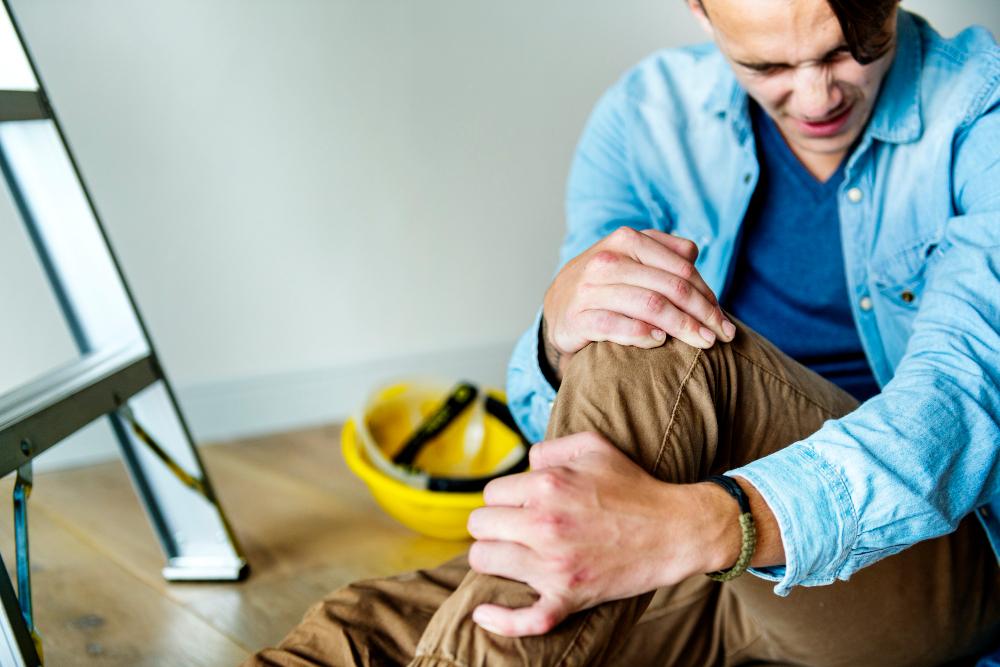
Slip & Fall Season: Protect Your Business From Liabilities
The chilly winds signal the arrival of slip-and-fall season, a time when business owners need to be particularly vigilant. As temperatures drop and precipitation increases, the risk of slip-and-fall incidents both inside and outside your premises rises significantly. These accidents can trigger substantial safety and liability concerns, so it’s crucial to be prepared. The good news is that with some proactive measures, you can help protect your business from costly claims and lawsuits.
Understand Your Exposure
Slip-and-fall incidents rank among the most common yet preventable workplace injuries. Wet floors, poor lighting, uneven surfaces, and icy walkways are typical culprits. What might seem like minor hazards can escalate into major liability claims or costly lawsuits if not addressed promptly. Understanding these risks is the first step towards mitigating them.
Create a Slip-and-Fall Prevention Plan
Deploy preventive steps to minimize slip-and-fall risks. Start with daily walk-throughs of your premises to identify potential hazards. Keep floors clean and dry, enhance lighting in dim areas, and repair uneven surfaces promptly. During the winter months, ensure walkways are salted and cleared of ice and snow. Remember, these actions are not merely safety measures—they’re essential protection against liability.
Know What Your Insurance Covers (and Doesn’t)
Understanding your insurance coverage is essential in managing slip-and-fall risks. Different policies cover different aspects: General liability insurance is crucial for visitor injuries, while workers’ compensation is needed for employee accidents. Commercial property insurance can cover damages to your property, and umbrella policies provide additional coverage beyond basic limits. Knowing what is covered can help you fill any gaps before they become problematic.
Train Your Team
Your team should be trained to spot potential hazards and know how to respond if an accident occurs. Regular training sessions can reinforce this knowledge. Additionally, documentation and a swift response are key in building a solid defense against liability claims. Having a well-prepared team can significantly reduce risk exposure.
Document Everything
If an incident does occur, proper documentation is crucial. Keep logs of daily maintenance, take photos of any accidents, and store surveillance footage. This documentation can be invaluable in disproving false claims or demonstrating your compliance with safety standards.
Don’t Wait Until Something Happens
Proactive planning and regular review of your insurance policies can prevent accidents or claims from spiraling out of control. Don’t wait for an incident to spur you into action. By being prepared and ensuring your coverage is comprehensive, you can safeguard your business against slip-and-fall liabilities.
Remember, slip-and-fall season is not just about icy sidewalks; it’s a call to action. By taking these simple, proactive steps today, you can prevent costly consequences tomorrow. Consider connecting with your insurance advisor to review or strengthen your current liability coverage strategies.
